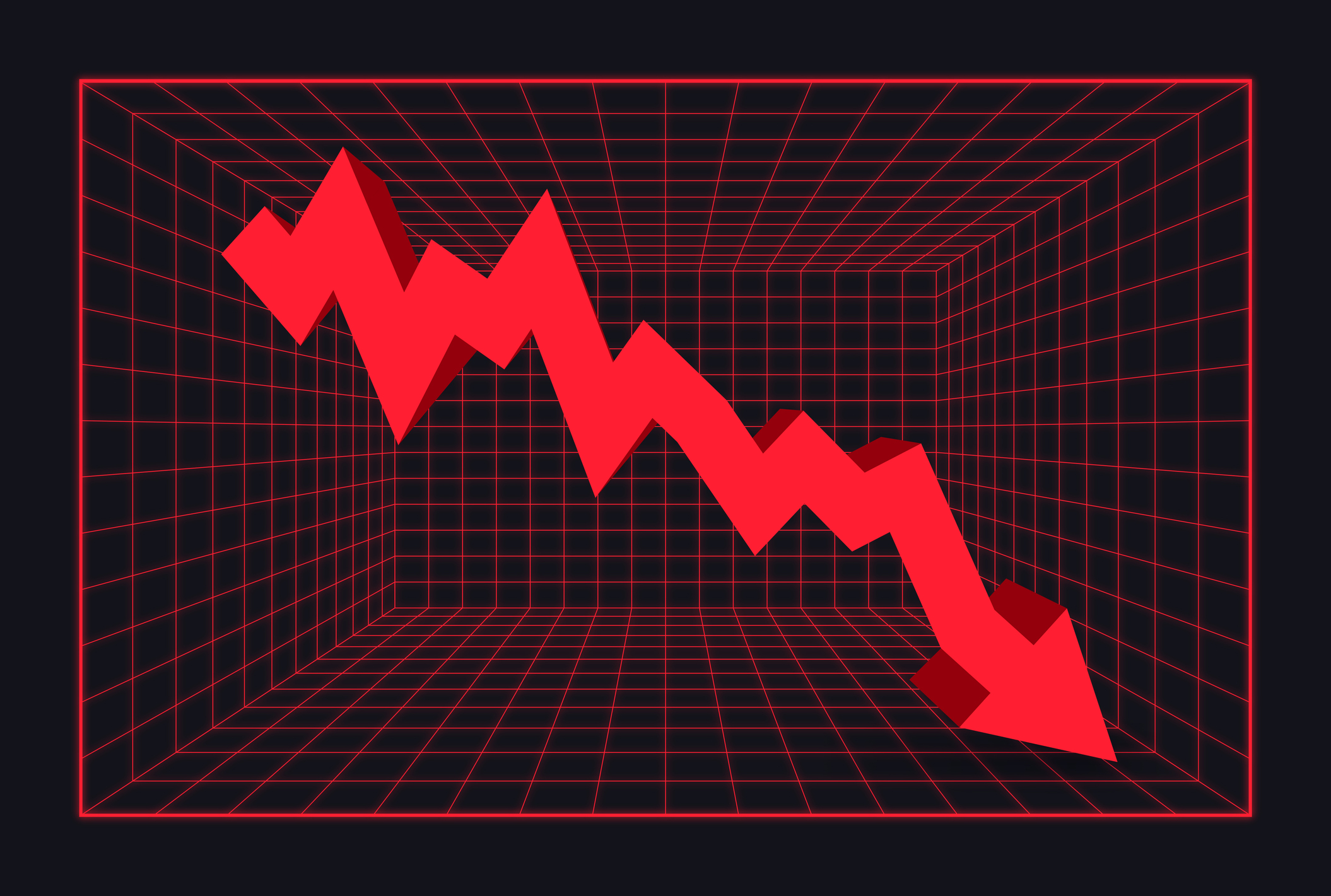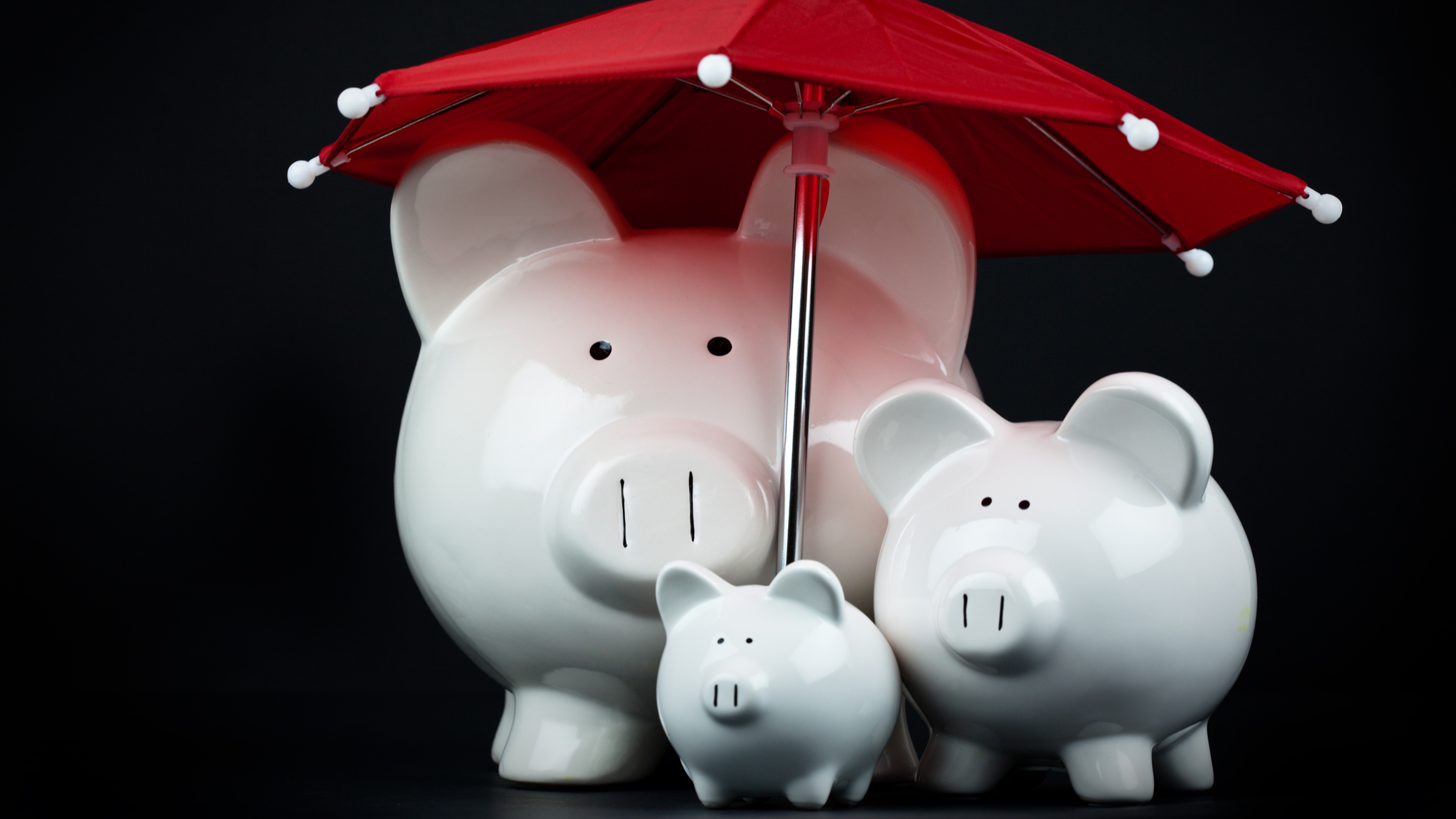Don't Push the Panic Button on Your 401(k) Investments
Yes, the markets are swinging hard right now, but don't let your fears drive you to make a rash decision with your 401(k). Consider making these measured moves instead.


For most people, their 401(k) is their largest investment account, and the stock drop during the last week of February has many folks feeling pretty nervous right about now. We all work hard for our money, so this is a natural reaction. But be careful: If you run scared, by selling off stocks now and moving into cash, you could be positioning yourself to lose money permanently. Remember, people who are patient during short-term dips or market corrections can achieve favorable long-term returns.
A recent example of this was in December 2018 when the S&P 500 index dropped about 19% from its high in September that year. The S&P 500 quickly rebounded, resulting in a 31% climb, including dividends, in 2019.
It’s likely that there will be volatility in the stock market for the foreseeable future. The world will be sorting out the effects of the coronavirus, the Federal Reserve may lower interest rates, and it’s an election year. All three of these factors will likely prompt more volatility, both up and down. If you don’t already have a financial adviser guiding you on what is best for your particular situation, how does one manage their money in this environment?
From just $107.88 $24.99 for Kiplinger Personal Finance
Be a smarter, better informed investor.

Sign up for Kiplinger’s Free Newsletters
Profit and prosper with the best of expert advice on investing, taxes, retirement, personal finance and more - straight to your e-mail.
Profit and prosper with the best of expert advice - straight to your e-mail.
To achieve maximum long-term returns, here are several strategies to consider:
- Review your investments and rebalance your portfolio. For example, if the current balance in your account is $500,000 and you’ve decided that of 75% of total contributions should consist of stocks, the market correction may have reduced stocks to 65% of your portfolio. Remember, you want to buy low and sell high. By rebalancing and bringing stocks back up to 75%, you will be able to buy more stocks at temporarily depressed prices.
- Review the percentage earmarked for future contributions and make certain that enough money is going into stocks. The percentage for stock investments will depend on various factors, such as your personal time frame for retirement, but keep in mind stocks have a good chance to grow over time.
- If you don’t have a financial adviser and your 401(k) plan offers a target retirement fund, select one that most closely matches your retirement time frame. The target retirement date funds have a team managing the investment strategy inside the fund, so it’s more geared for investors who want to “set it and forget it.”
- Do not place all of your contributions in cash. If watching your investments decline causes you heartburn, it’s better to move some money from stocks into bonds. If all, or a vast majority, of your 401(k) is invested in company stock, think carefully about this move. Your human capital is 100% tied to your company — should your investments be too? In addition, any company match may also be made in company stock. Many executives and senior-level managers also have a lot of stock options or restricted stock grants, making them even more tied to the fortunes of their company.
- If you have fewer than five years until retirement, consider having at least 20%-40% of your 401(k) portfolio in bonds. The percentage depends on the overall mix in your other investment accounts, how soon you plan to draw down on this 401(k) account and your risk tolerance.
- For people not planning to retire for 10 years or more, you may want more in stocks, which can provide long-term growth and outpace inflation.
- Consider increasing the percentage of pay going to your 401(k) contributions, especially if you are not already contributing the maximum amount. The maximum is $19,500 for those under age 50 and $26,000 for those 50 and older. (For more, see How Much Can You Contribute to a 401(k) for 2020?)
- Finally, if you are unsure about your personal strategy, or don’t have the time or knowledge to properly invest your own nest egg, seek the help of a professional.
As you review your 401(k) contributions, throughout the year, remember that you need growth over the long haul to generate strong returns. There will always be bumpy periods for the stock market, but maintaining a strategy for your contributions that meets your long-term financial goals should allow you to overcome occasional market drops.
Profit and prosper with the best of Kiplinger's advice on investing, taxes, retirement, personal finance and much more. Delivered daily. Enter your email in the box and click Sign Me Up.

Lisa Brown, CFP®, CIMA®, is author of "Girl Talk, Money Talk, The Smart Girl's Guide to Money After College” and “Girl Talk, Money Talk II, Financially Fit and Fabulous in Your 40s and 50s". She is the Practice Area Leader for corporate professionals and executives at wealth management firm CI Brightworth in Atlanta. Advising busy corporate executives on their finances for nearly 20 years has been her passion inside the office. Outside the office she's an avid runner, cyclist and supporter of charitable causes focused on homeless children and their families.
-
 Dow Trims Its Loss to 498 Points: Stock Market Today
Dow Trims Its Loss to 498 Points: Stock Market TodayMarkets are wondering more and more about returns on the enormous amounts of capital hyperscalers are investing in AI.
-
 5 Mark Cuban Quotes Every Retiree Should Live By
5 Mark Cuban Quotes Every Retiree Should Live ByThe billionaire businessman and Shark Tank alum has some advice that may surprise you.
-
 The Private Annuity Sale: A Smart Way to Reduce Your Estate Taxes
The Private Annuity Sale: A Smart Way to Reduce Your Estate TaxesIn a private annuity sale, you transfer a highly appreciated asset to an irrevocable trust in exchange for a lifetime annuity.
-
 These Eight Tips From a Retirement Expert Can Help to Make Your Money Last Through Retirement
These Eight Tips From a Retirement Expert Can Help to Make Your Money Last Through RetirementAre you worried you will outlive your money? Considering these eight tips could go a long way toward ensuring your retirement money lasts as long as you do.
-
 I'm an Investment Adviser: This Is the Retirement Phase Nobody Talks About
I'm an Investment Adviser: This Is the Retirement Phase Nobody Talks AboutWhat you do in the five years before retirement and the first 10 afterward can establish how comfortable you'll be for the rest of your life.
-
 Gen X Turns 60: It's Time to Remix Your Retirement Playlist
Gen X Turns 60: It's Time to Remix Your Retirement PlaylistIf you want a worry-free retirement, you can't keep playing the same old song. You need to freshen up your financial strategies, as well as your music.
-
 I'm a Financial Adviser: Here's How a Three-Part Retirement 'Crash Plan' Can Prepare You for Market Turbulence
I'm a Financial Adviser: Here's How a Three-Part Retirement 'Crash Plan' Can Prepare You for Market TurbulenceHaving a plan ready to go when markets get wild — covering how you'll handle income, rebalancing and taxes — can be the ultimate retirement secret weapon.
-
 Here's How to Plan This Year's Roth Conversion, From a Wealth Manager
Here's How to Plan This Year's Roth Conversion, From a Wealth ManagerWhile time is running out to make Roth conversions before the end of the taxable year, consider taking your time and developing a long-term strategy.
-
 Four Times You Need a Second Opinion on Your Financial Plan
Four Times You Need a Second Opinion on Your Financial PlanIs your financial plan fit for purpose — or is your adviser peddling an outdated strategy? When you see these red flags, it's time for a second opinion.Evan
-
 How to Calm Your Retirement Nerves When It's Time to Shift from Savings Mode to Spending Mode
How to Calm Your Retirement Nerves When It's Time to Shift from Savings Mode to Spending ModeTransitioning from saving to spending in retirement can be tricky, but devising a strategic plan can help ensure a smooth and worry-free retirement.